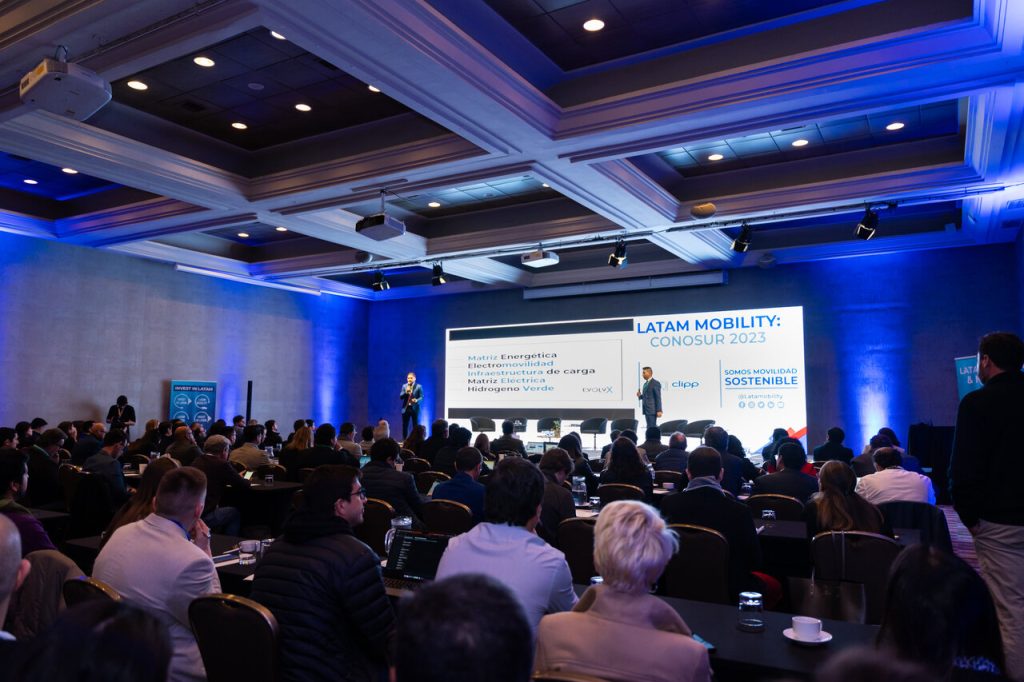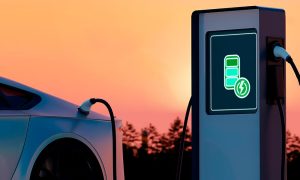During the meeting “Latam Mobility: ConoSur 2023“, which gathered in the city of Santiago more than 400 executives from the public sector and the main companies linked to mobility and sustainability, EvolvX introduced the first “Sustainable Mobility Report of Chile“.
EvolvX, which comes from the Invest in Latam network and is sponsored by Latam Mobility, was attended by Ronaldo Sandoval, Analysis and Consulting Manager, and Andrés García, Mobility Director of the initiative, who were in charge of showing the in-depth study carried out in the southern country.
According to the presentation, Chile is a country with great potential for sustainable investment worldwide. ClimateScope scores the country with 2.58 out of five, thanks to a sovereign and diversified energy matrix, which offers security to investors, while in the transportation sector, it ranks number four globally.
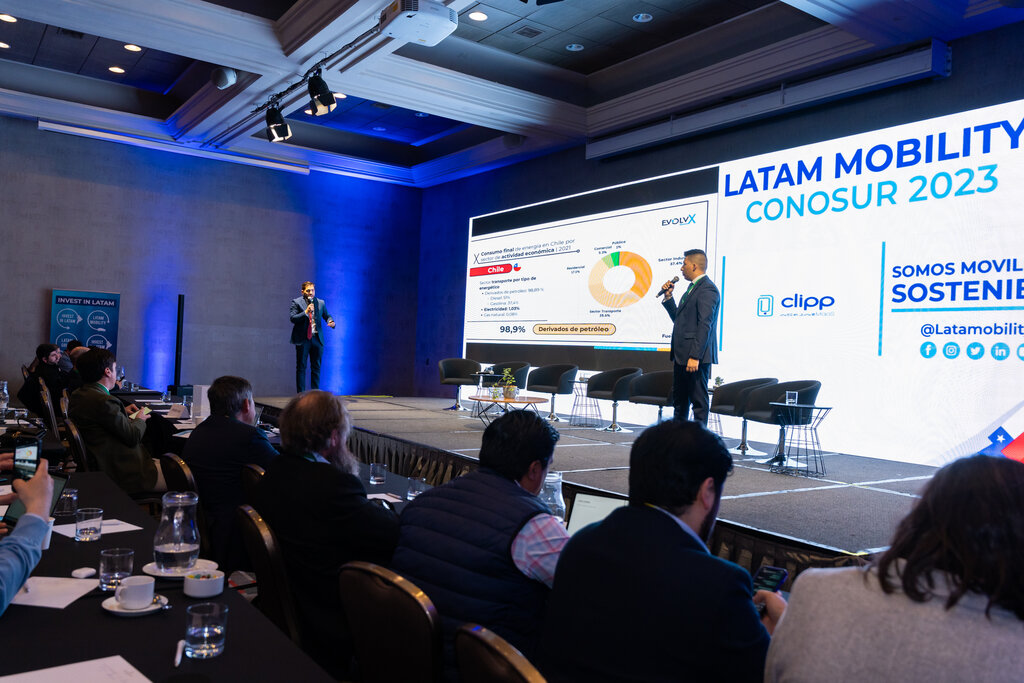
You may also be interested in: Dhemax, Metro de Medellín, VG Mobility and the Chilean Ministry of Transport Analyze the Road to Zero Emissions in Public Transport
Energy and Electromobility in Chile
According to EvolvX‘s presentation, Chile’s final energy consumption matrix is still dependent on oil and its derivatives, which represent more than 57% of the country’s consumption, while electricity accounts for 23.3% of the total.
In relation to the sectors, the industrial sector leads, and is closely followed by transportation, which shows a dependence on crude oil with 98.89% of the total. “There is still only 1.03% electric. There is a lot of work to be done to decarbonize transportation, and in the 1%, there is a call for attention and action, as it represents an important market opportunity,” Sandoval said.
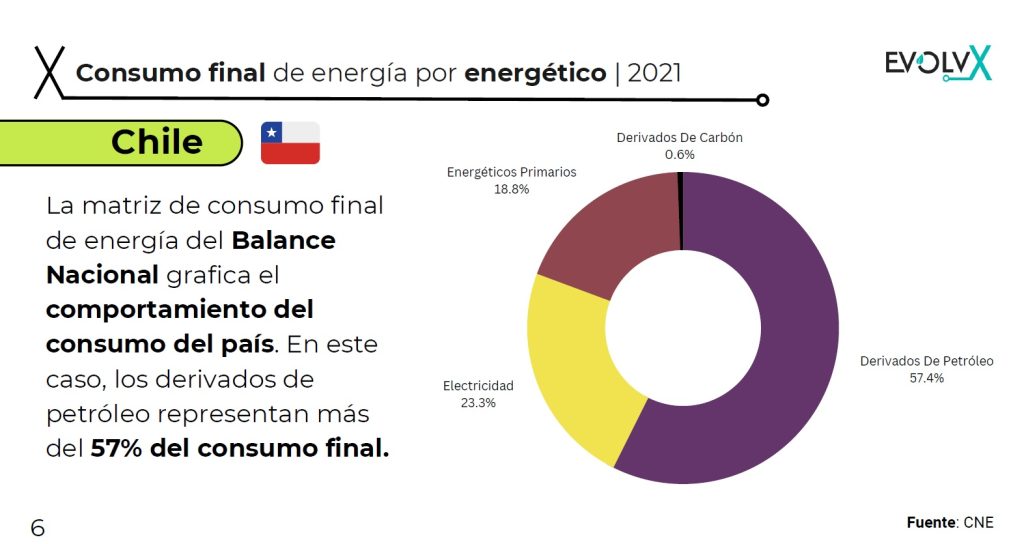
In the electromobility section, García indicated that the sale of electric vehicles has shown an important evolution, generating annual sales records. “Not only are sales up, but there is a more diversified demand, with traditional hybrid vehicles maintaining their position, and new categories are being added to this diversity of supply, such as hydrogen cell vehicles.”
According to figures from the National Automotive Association of Chile (ANAC) shown by EvolvX representatives, from January to July of this year, 4,200 low-emission vehicles have been sold, an increase of 13.17% compared to the same period in 2022.
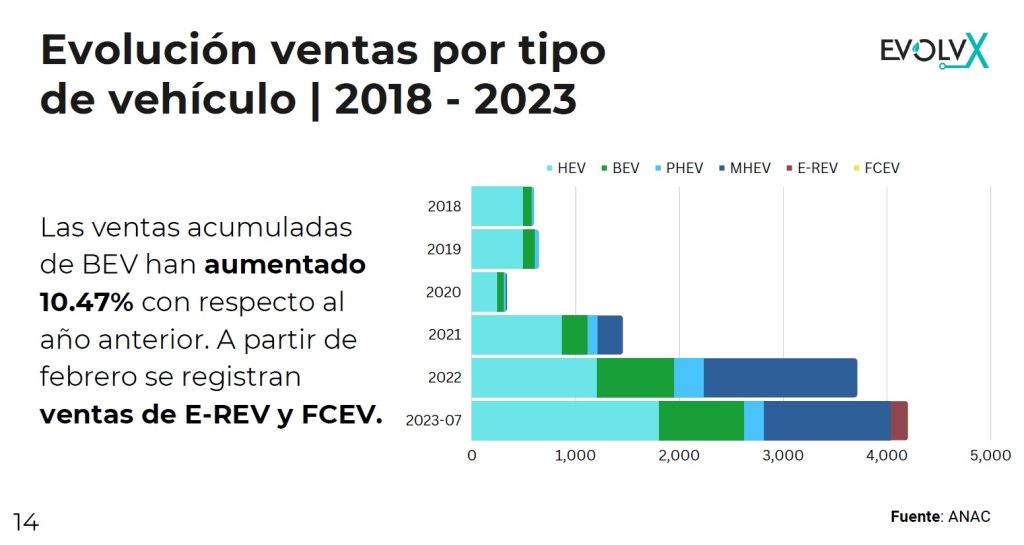
On the other hand, Sandoval pointed out the evolution linked to charging stations. “According to information from the Superintendency of Electricity and Fuels, the installed power of charging stations is increasing, allowing more than 1,600 electric vehicles to be charged simultaneously, and each of the regions has at least one public charging station.”
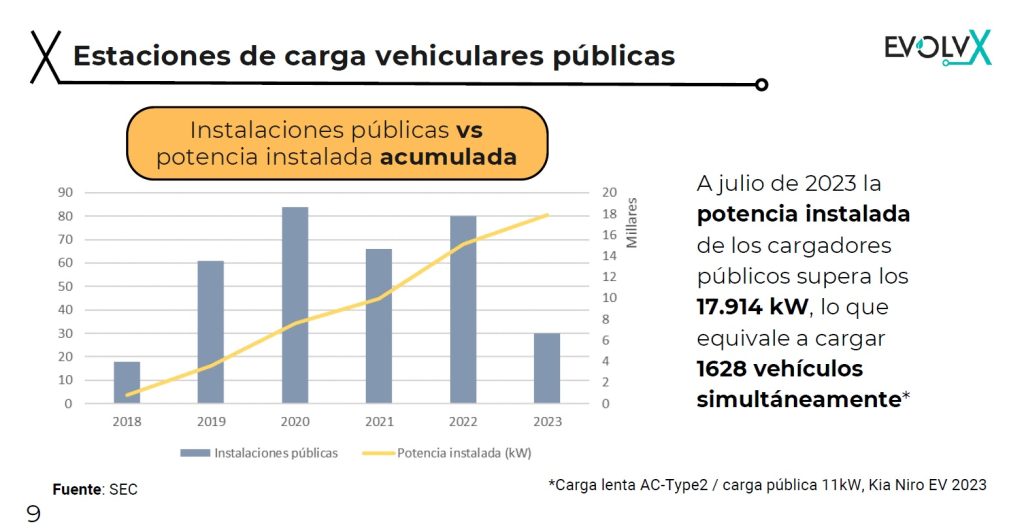
Diversification and Challenge
According to the data, 39.4% of installed capacity in Chile is made up of non-conventional sources, with significant diversified capacity to respond to sustainable investment. “There has been growth in non-conventional renewable energies starting with photovoltaic. Wind power is beginning to take center stage, as are biomass and small hydroelectric plants, which account for almost 31% of the electricity generated in the country,” said Sandoval.
On the other hand, they pointed out that between 2021 and 2025 more than 7,000 new megawatts would be added to the diversified matrix, including green hydrogen projects, and opportunities for investment and technology development.
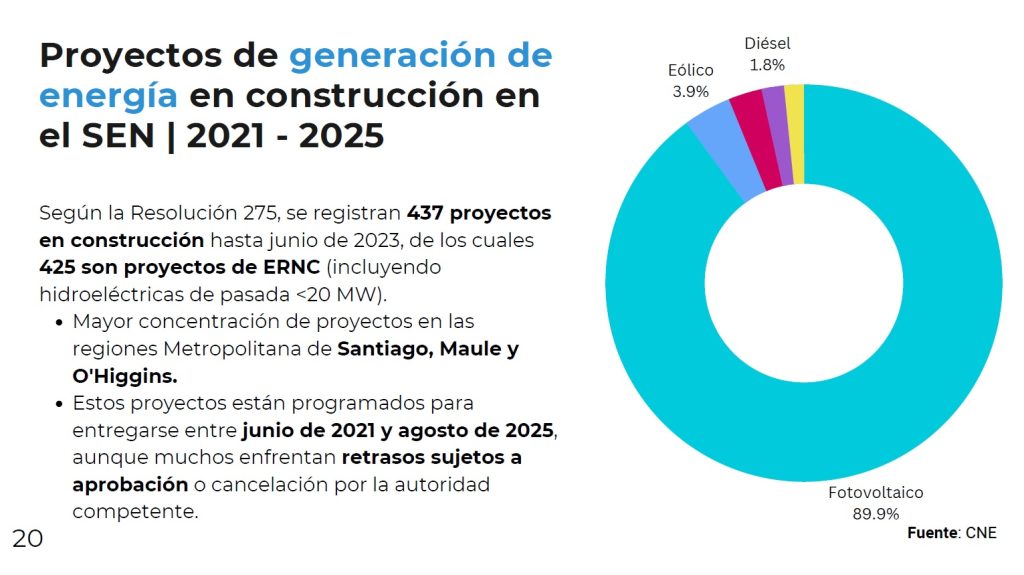
“There are three strategic pillars for the development of green hydrogen in Chile: a low-cost bet on international supply, significant potential in generation capacity, and domestic consumption to replace polluting sources in industries. In addition to the advances in agreements already signed with countries such as Japan, Germany, United Kingdom, France, among others, which will boost the sector,” said the representatives of EvolvX.
Finally, among the challenges to be addressed, Garcia was emphatic in pointing out that “the first is to have clear rules; to have different government incentive exercises, and homologation. We must generate synergies and an ecosystem for innovation, along with interaction between the public and private sectors to move forward. If we want a net zero world by 2050, we need to produce 660 million tons of hydrogen per year. Today we produce only 90.”
If you would like to access this report, or learn more about EvolvX‘s research work, please write to ronaldo.sandoval@evolv-x.com
Following is the first day of “Latam Mobility: ConoSur 2023“:
